Program Search 
Filter programs
| TITLE | SUMMARY | PLACE | FORMAT | |
|---|---|---|---|---|
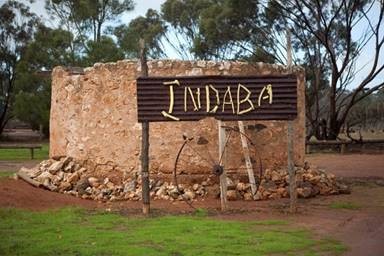 | Overnights at Indaba Bush Camp | … | Monarto Safari Park | |
| Horticulture and conservation at Monarto Safari Park | … | Monarto Safari Park | Program | |
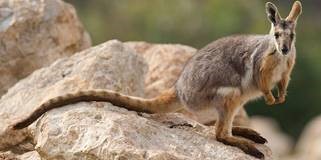 | Zoo Explorer | … | Monarto Safari Park | Program |
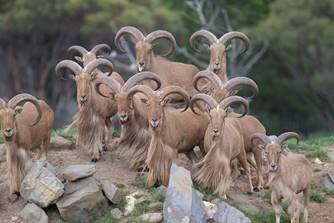 | Zoo Crew | … | Monarto Safari Park | Program |
 | Animal Tales | … | Adelaide Zoo | Program |
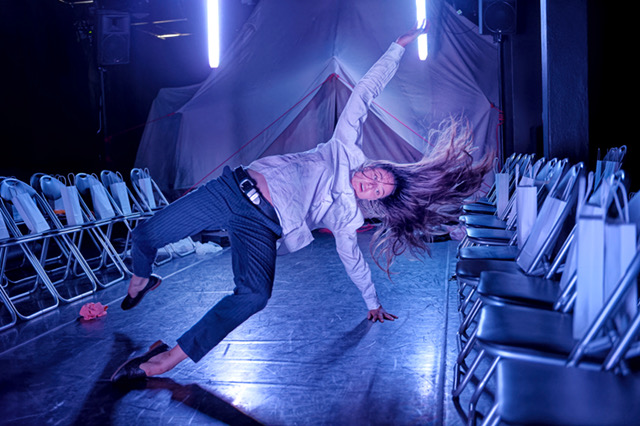 | Teachers Professional Learning Package 2020 | Adelaide Festival Centre’s centrED presents a unique year-long professional learning program for teachers with the opportunity to experience a select range of live performance and workshops. Registrations close on Friday 13 March (T1, Wk7) | Adelaide Festival Centre | Performance |
| Mobile Technologies and Nature | Discover how to use tablets and smartphones for nature-based teaching and gain knowledge that can be directly taken back to a school setting. This STEM-focused workshop will develop skills in: •Photography, including light and composition For all educators from Pre-school to secondary years | Botanic Gardens of South Australia | ||
 | Tom Kruse the Outback Mailman | Students will step into the shoes of Australian legend Tom Kruse who delivered the mail and supplies to people along the rough Birdsville Track in outback Australia from 1936 to 1963, driving his faithful Leyland Badger Truck. | National Motor Museum | Special Program |
 | A day in the life of a child in the 19th Century | In this joint program between the Migration Museum and Ayers House, students will explore daily life for children in the 19th Century. | Migration Museum | Special Program |
 | Overview: First Contacts | 1. What was life like for Aboriginal and/or Torres Strait Islander Peoples before the arrival of the Europeans? | Migration Museum | Program |
 | Overview: Contemporary migration to South Australia post 1945 | Who is migrating to South Australia right now? Where are migrants coming from, and why? How is migration experienced? How does government policy shape migration journeys? | Migration Museum | Program |
 | Colonial Footprints on Kaurna Land | Why did the SA government company decide to site Adelaide where it currently is? What tools and instruments were used to plan out the site? What would you look for? Water supply, ease of accessibility, fertility of land, ease of travel! | Migration Museum | Program |
 | The Making of Democracy – joint program with the Centre of Democracy | This cross- site education program will develop student’s understanding the impact of colonisation on Aboriginal people, the nature of the colonisation model used in South Australia and the development of democracy in the 1800s culminating in an understanding of women’s suffrage in the late 1800s. | Migration Museum | Special Program |
 | Unpacking Histories | An investigative multimedia assisted workshop that aims to show how the stories of individual lives fit into the local, national and global mosaic of history. Working like historians and curators, students put on white-gloves and unpack, investigate, research and record the lives of several South Australians and their immigration stories. | Migration Museum | Special Program |
 | Teachers’ Big Days Out | South Australia’s major cultural institutions, along North Terrace and beyond are preparing for an exciting three day program for the second Teachers’ Big Days Out in 2020. Loaded with professional learning opportunities for educators across multiple learning areas, this event will provide you with strategies of how to incorporate a variety of cultural institutions and their collections into your teaching programs! | Festival | |
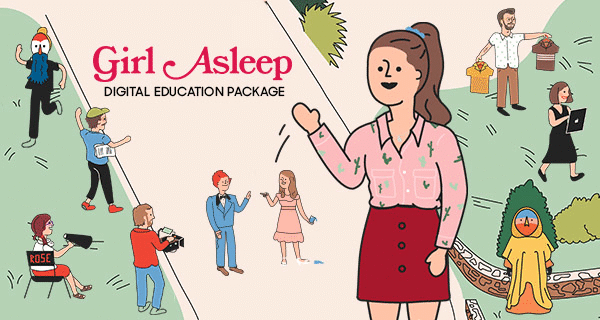 | Girl Asleep Digital Education Package | … | Windmill Theatre | Digital/eLearning |
 | Art and Science Resource & Tours | … | Art Gallery of South Australia | Program |
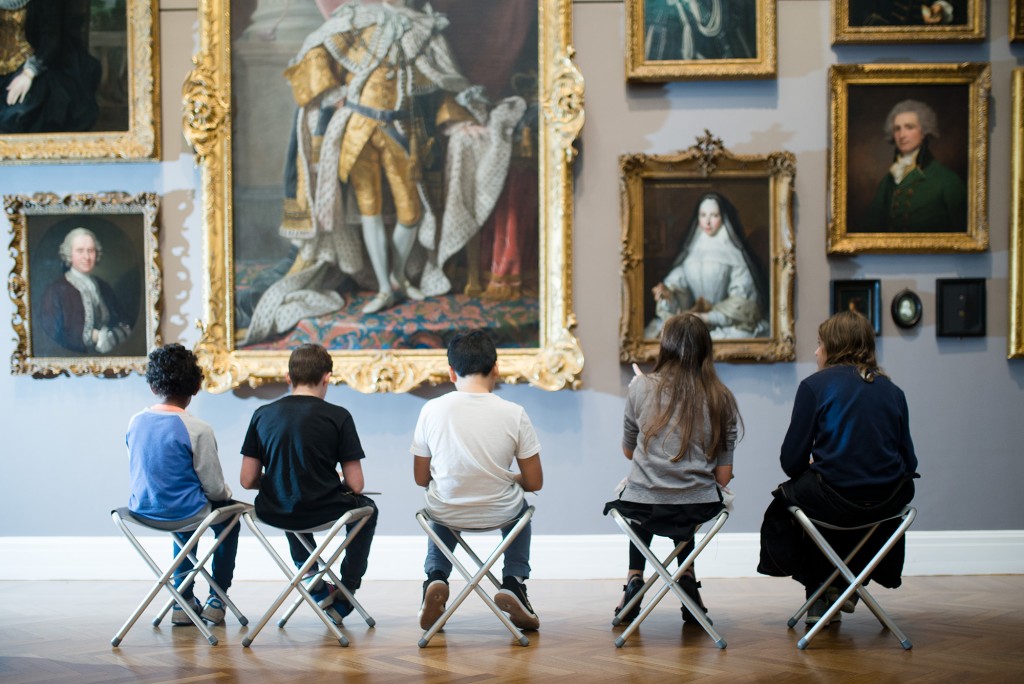 | Drawing in the Gallery (Years 5-12) | … | Art Gallery of South Australia | Special Program |
 | Kickstart 2018 | … | Workshop | |
 | Developing a Nation | … | Art Gallery of South Australia | Program |
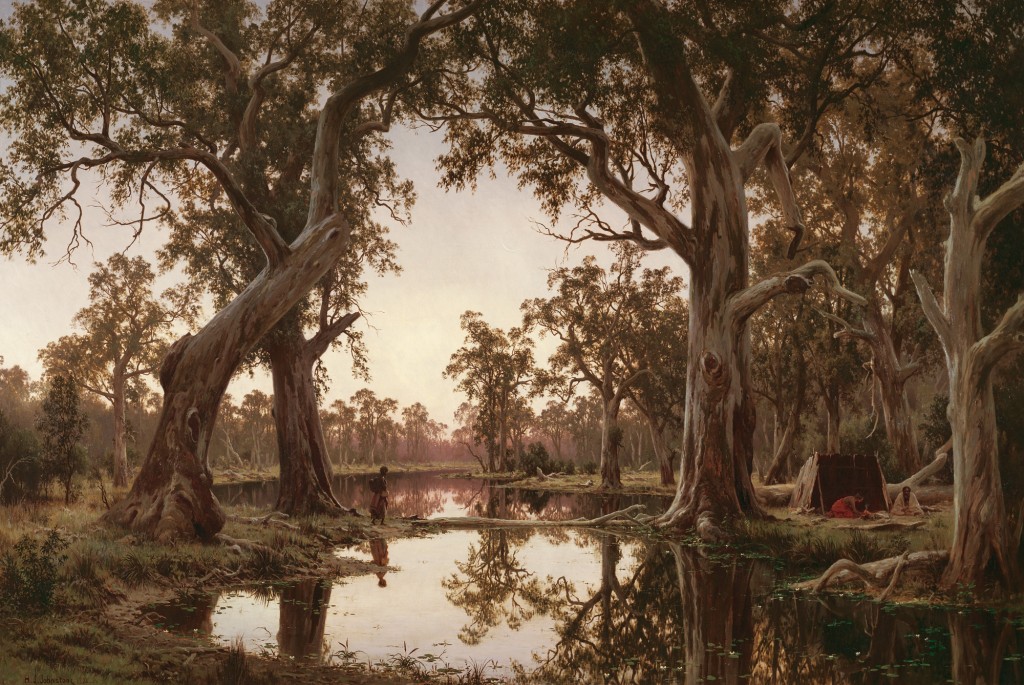 | Australian History – Colonial Australia | … | Art Gallery of South Australia | Program |
 | Australian History – Movement of People | … | Art Gallery of South Australia | Special Program |
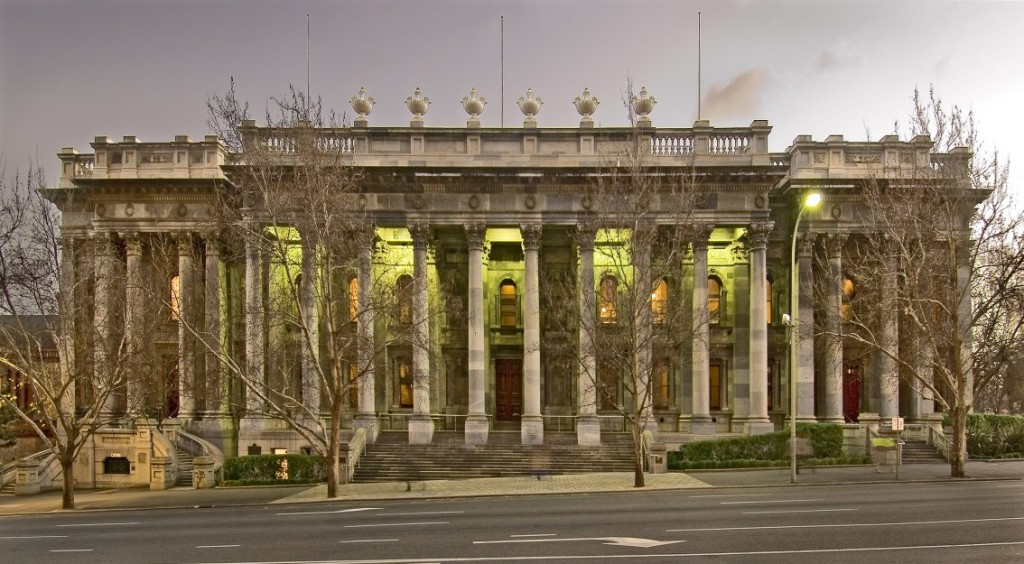 | Student Debate – Non-Sitting Day | … | Parliament House | Special Program |
 | Question Time – Sitting Day | … | Parliament House | Special Program |
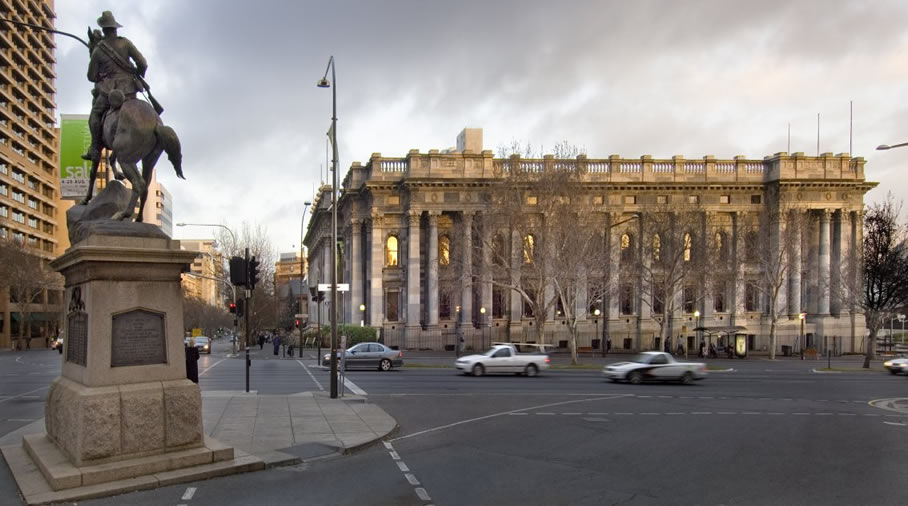 | Parliament Tour – Sitting Day | … | Parliament House | Special Program |
 | Parliament Tour – Non-Sitting Day | … | Parliament House | Special Program |
 | Secondary Trails | … | Botanic Gardens of South Australia | Inquiry trail |
 | Primary Years Trails | … | Botanic Gardens of South Australia | Inquiry trail |
 | Early Years Trails | … | Botanic Gardens of South Australia | Inquiry trail |
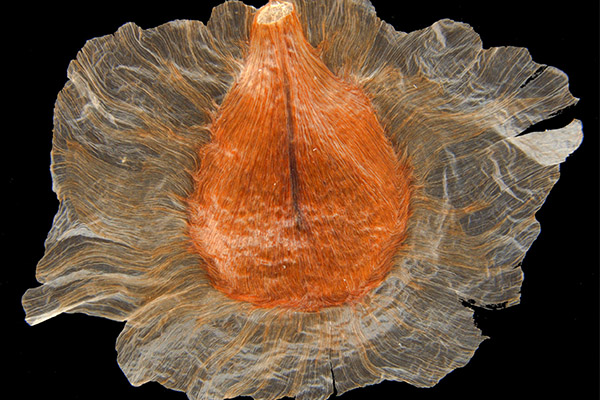 | Plant and Seed Conservation | … | Botanic Gardens of South Australia | Inquiry trail |
| Indigenous Culture for Kids | … | Botanic Gardens of South Australia | Special Program | |
 | Mobile Photography Workshops | … | Botanic Gardens of South Australia | Special Program |
 | If walls could speak: 5 stories from the Destitute Asylum eBook | If walls could speak is a multi-modal resource which features primary sources and is designed as an inquiry into the lives of 5 people who relied upon government welfare and were affected by government legislation from 1830s to 1918. | Migration Museum | Digital/eLearning |
 | Lego© Works Car Factory | The Legoworks Car Factory is a practical, fun program for junior primary students comparing the differences between old and new cars. They make a LEGO vehicle individually and as a team, exploring how car assembly lines work. Each student receives a special badge on completion of the activity. | National Motor Museum | Special Program |
 | Motor Works | Motor Works is an interactive and practical educational program that gives the opportunity for students to build their own scale Model-T Ford. Students take on the roles of the factory workers on the production assembly line and with appropriate teamwork the Model T Ford models start to roll of the end of the production line. Each student will take home their own scale model car. | National Motor Museum | Special Program |
 | The Hawker Vans – ‘Developing historical thinking’ | This education program designed for R-7 primary students is based around the ‘Hawker Vans’ exhibition at the National Motor Museum. Students explore the role of the Hawker in early Australia after Federation, and why hawking was so important to consumers. They also learn about the impact of motor vehicle which enabled hawkers who previously travelled by foot, horse or camel, to cover much larger distances with heavier loads. Students will look at historical objects sold by the hawkers and carry out a simulated hawking journey where they will spruik their wares in a mini scale model hawker van. | National Motor Museum | Special Program |
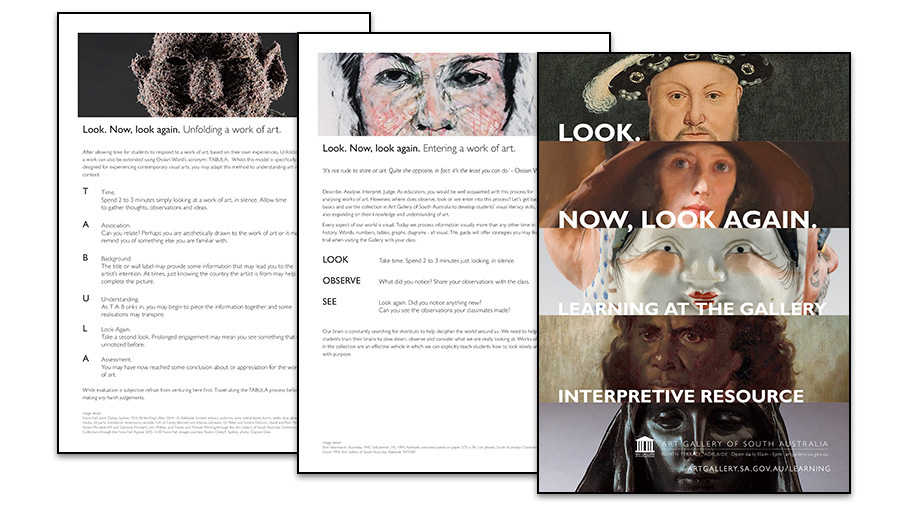 | Learning to Look – Introduction to the Art Gallery of South Australia | … | Art Gallery of South Australia | Workshop |
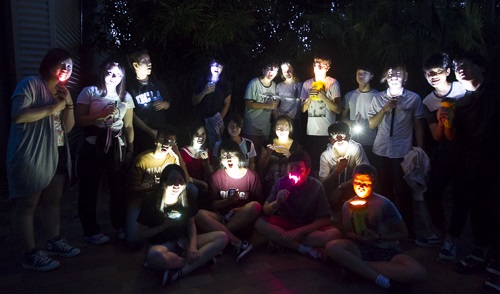 | Zoosnooze: overnight secondary program | … | Adelaide Zoo | Special Program |
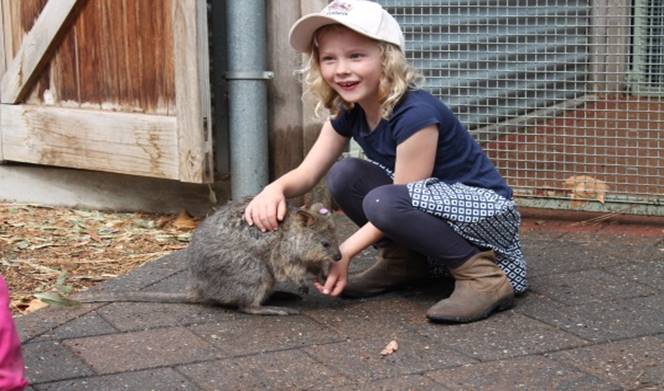 | Creature Comforts | … | Adelaide Zoo | Program |
 | Lifecycles Year 1-4 | … | Adelaide Zoo | Program |
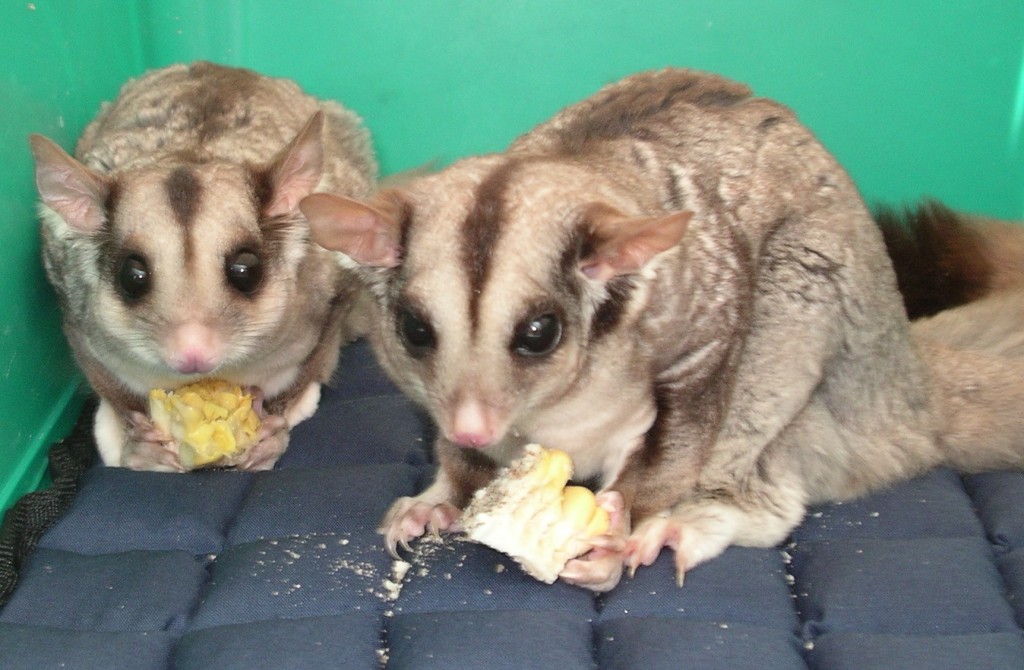 | Creatures’ Features: Years 4-7 | … | Adelaide Zoo | Program |
 | Animal Homes | … | Adelaide Zoo | Program |
 | Unpacking Histories | … | Migration Museum | Workshop |
 | Changing Worlds: Childrens’ Experiences Of Colonisation | … | Migration Museum | Workshop |
 | Being a child in the nineteenth century | … | Migration Museum | Workshop |
 | The role of juries eBook | … | Law Courts | Digital/eLearning |
 | Adaptation Adventure eBook | This eBook takes students on a trail around the zoo to observe animal behaviour and take note of adaptations and learn about how the animals are cared for. They also record their observations on their iPads. | Adelaide Zoo | Digital/eLearning |
 | Ediacaran Fossils of the Flinders Ranges | The Ediacaran Fossils of the Flinders Ranges eBook has been created to support teachers when addressing the concepts of geological time and evolution with their students. It provides background information on South Australian Ediacaran fossil discoveries and their scientific importance. | South Australian Museum | Digital/eLearning |
 | The Spice Trail eBook | This eBook guides students through six stations on their visit Adelaide Botanic Garden to investigate great journeys of exploration and learn about the history of spices, their uses and their impact on societies. | Online Resources | Digital/eLearning |
 | Bound for South Australia Digital iPad Inquiry | Students use iPads to engage with the Bound for South Australia exhibition. This digital inquiry explores the concept of migration and examines the conditions people experienced voyaging to Australia between 1836 and the 1950s. | South Australian Maritime Museum | Digital/eLearning |
 | Exploration Digital iPad Inquiry | Students use iPads to engage with the First Voyages, Exploring the Southern Coast exhibition as they learn about the Europeans that charted the South Australian coast in the early 19th century, their discoveries and how these contributed to the way Australians live today. | South Australian Maritime Museum | Digital/eLearning |
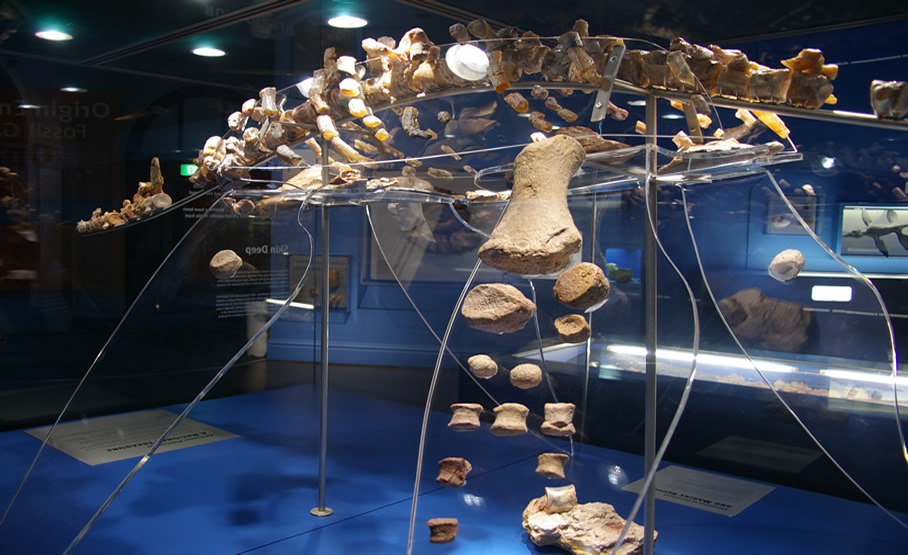 | Fossils Provide Evidence of Evolution – An online resource | This web based digital resource for students in Years 5-6 uses an inquiry based approach and aligns with the AC: Science and Geography. Students investigate how fossils discovered in South Australia provide evidence of the ways that animals have evolved, adapted and changed to survive in their environment. | Online Resources | Digital/eLearning |
 | Aboriginal Bark Paintings of Arnhem Land – eBook | This eBook looks at Aboriginal bark paintings of Arnhem Land. Students learn about the history of Aboriginal bark paintings, the techniques used and stories behind them. | Online Resources | Digital/eLearning |
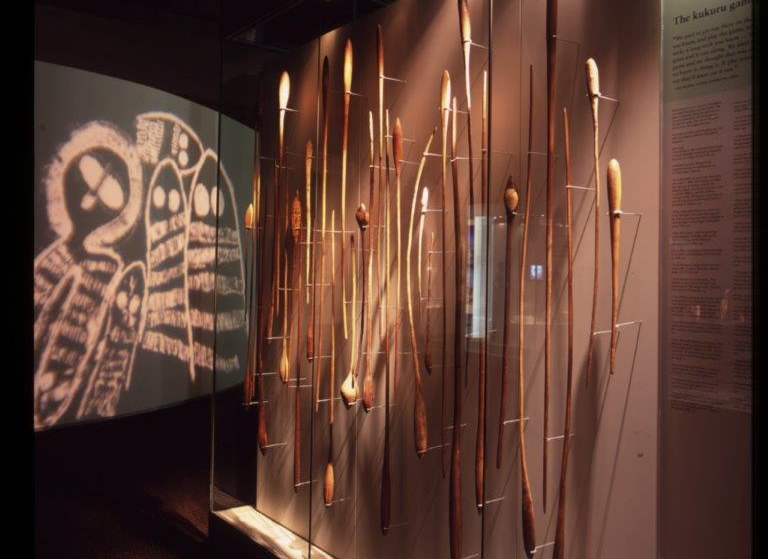 | Toys and Games of Traditional Aboriginal Cultures | This program addresses historical skills and understandings from the early years Australian Curriculum: History. Children participate in a ‘hands on’ session analysing traditional Aboriginal toys and games. | South Australian Museum | Program |
 | Scientific Classification | This program addresses the year 7 Australian Curriculum: Science, biological strand. It covers the concepts of diversity and evolution. | South Australian Museum | Program |
 | Aboriginal Traditional Technologies | Students’ learning is focused on traditional Aboriginal life prior to European contact. Students investigate how Aboriginal people developed technologies to solve problems encountered by everyday life. Australian Curriculum: History years 2/3. | South Australian Museum | Program |
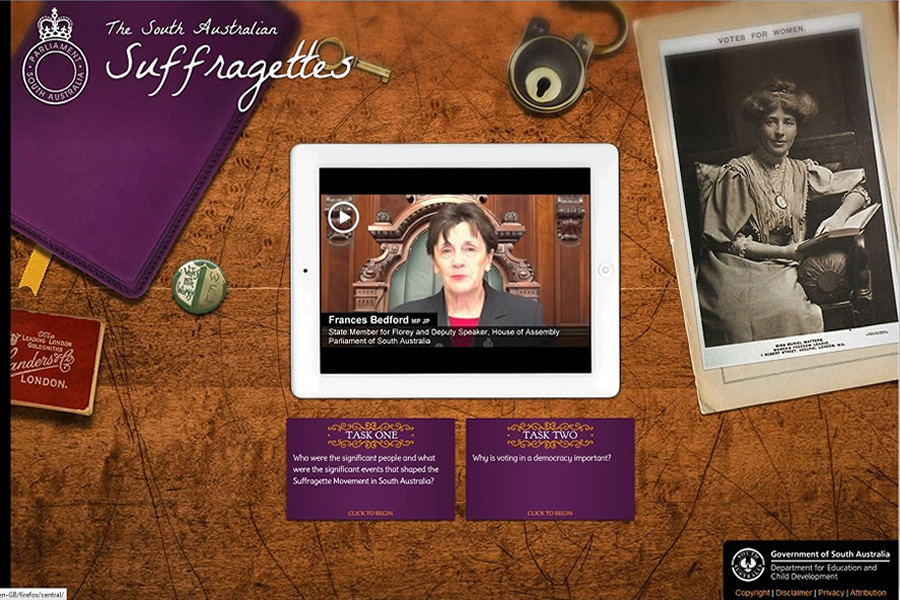 | South Australian Suffragettes web-based inquiry | This is a web-based resource aligned with Years 5, 6 and 9 Australian Curriculum: Civics and Citizenship and History. The South Australian Suffragettes website also provides opportunities for links to the Cross-curriculum priority Sustainability, particularly with regard to the social sustainability of a democracy. | Online Resources | Digital/eLearning |
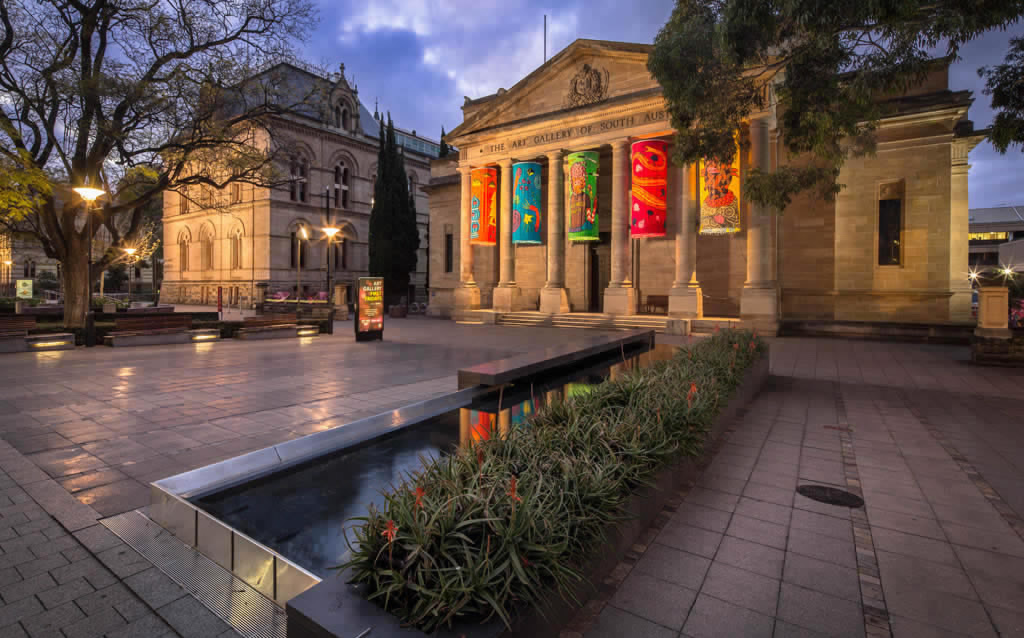 | Bringing Languages to Life | This Art Gallery languages program links to the SACE and Australian Curriculum: Languages, Visual Arts and Design. Language learning outside the classroom is supported as students interact with each other and the teacher in French, German, Indonesian, Italian, Japanese and Spanish. | Art Gallery of South Australia | |
 | Sewage Sleuths | This web-based program engages students with wastewater treatment processes and challenges them to use that knowledge to solve problems in a fictional wastewater plant. Requires interpretation of graphs. | Online Resources | Digital/eLearning |
 | Zoosnooze Community Groups – Friday Night | An Adelaide Zoo Zoosnooze includes facilitated education sessions and guided night walks, highlighting important animal and habitat conservation issues. | Adelaide Zoo | Program |
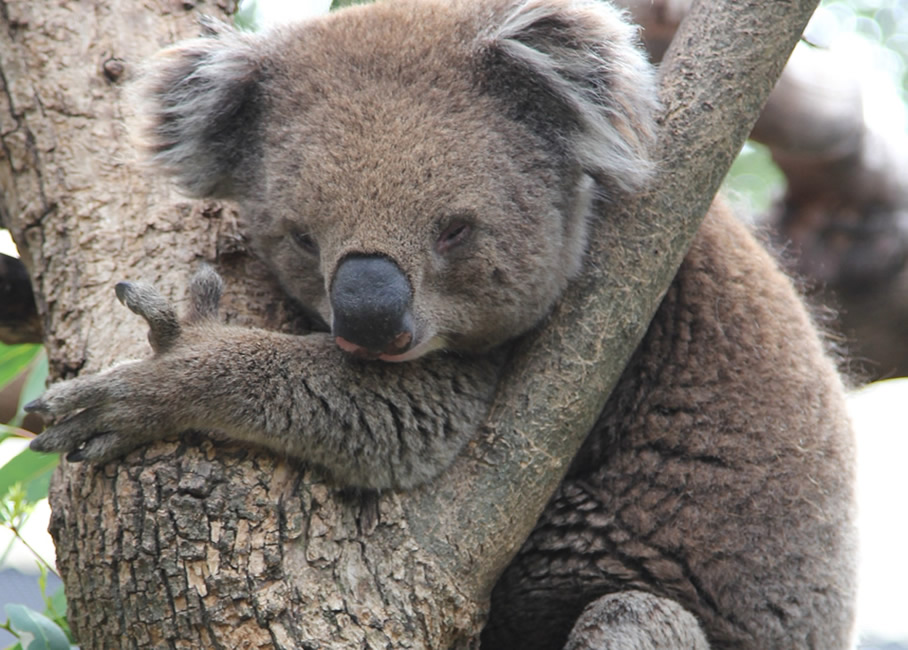 | Kindy Zoo: Australian Animals | A 30 minute information session with an education officer about Australian Animals including a close up with a live zoo animal. | Adelaide Zoo | Program |
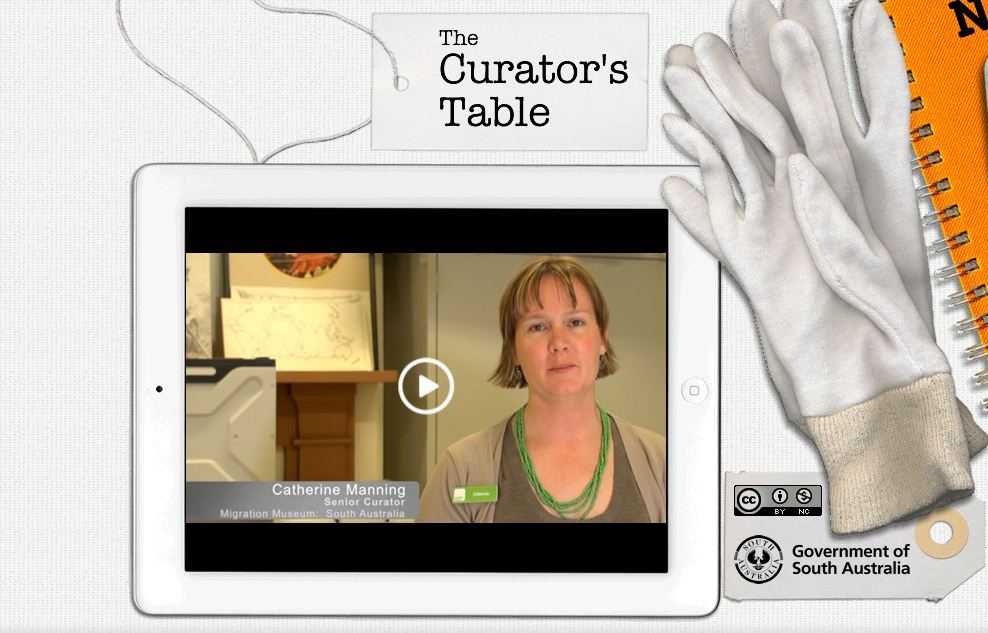 | The Curator’s Table | This is a web-based and iPad compatible resource aligned with Years 6 and 9 Australian Curriculum (AC): History. This website provides primary sources that can be used by teachers to engage students in inquiry based learning related to the treatment of German people in South Australia at the time of World War I. | Online Resources | Digital/eLearning |
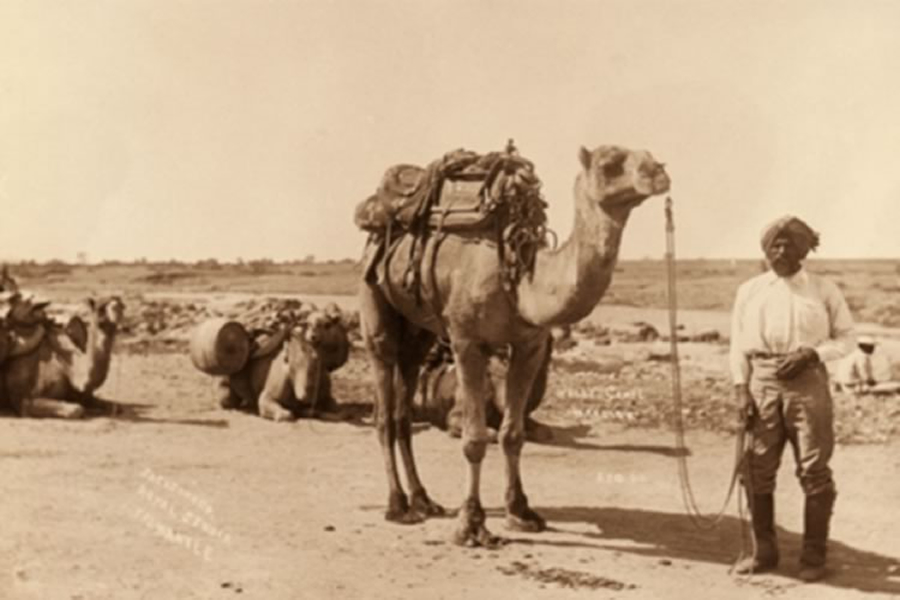 | Australia’s Muslim Cameleers Website | This program is linked to the Australian Curriculum: History and can support inquiry-based learning for students in Years 4 and 5 and SACE 1 History. It can support teachers’ professional knowledge around these histories. | Digital/eLearning | |
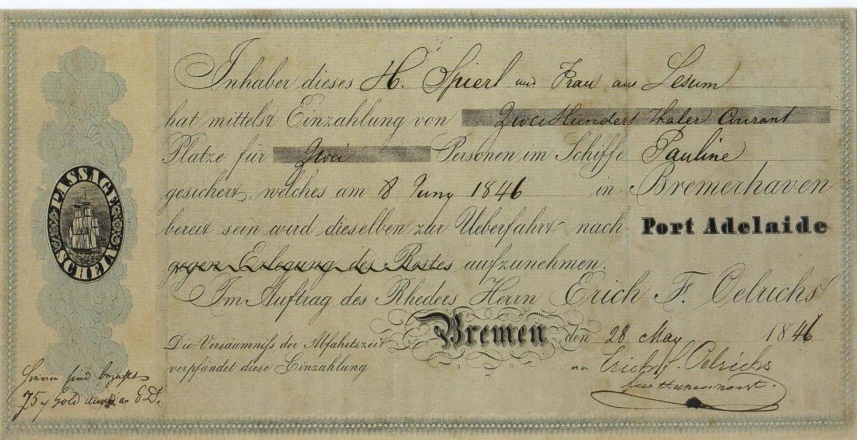 | Immigration: An Overview | This program looks at key events in South Australian immigration history from 1836 to the present day. It emphasises the concept of cause and effect. Aboriginal and Torres Strait Islander perspectives are highlighted. | Migration Museum | Program |
 | Zoosnooze overnight program: Reception to Year 7 | An Adelaide Zoo Zoosnooze includes facilitated education sessions and guided night walks, highlighting important animal and habitat conservation issues. | Adelaide Zoo | Program |
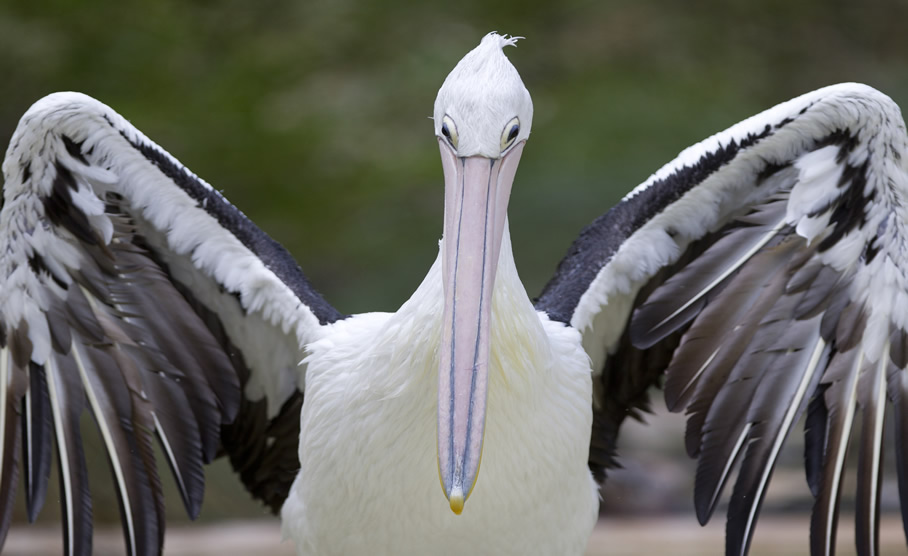 | Tourism at Zoos SA | A 45 minute information session with an education officer to focus on tourism and Zoos SA. | Adelaide Zoo | Program |
 | The Role of Zoos: Secondary | A 45 minute introductory session with an education officer about the role of zoos in conservation, education, recreation and research. | Adelaide Zoo | Program |
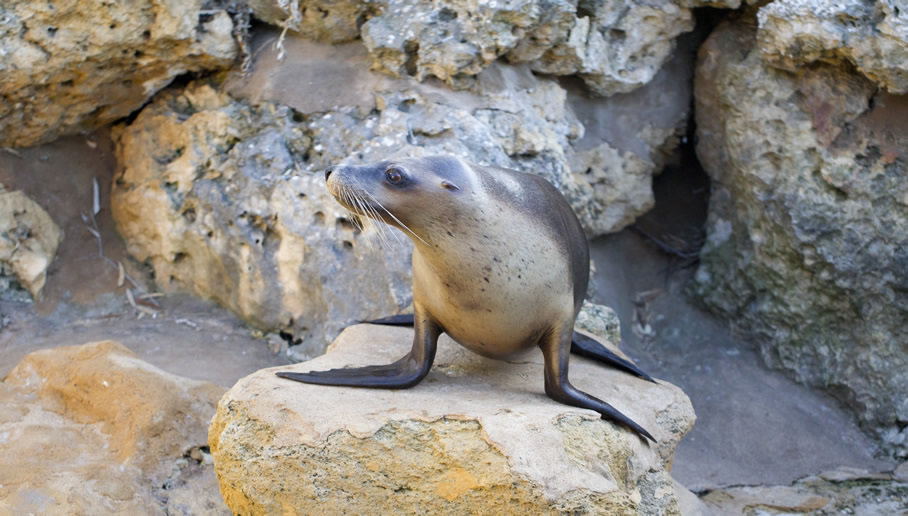 | Food Webs: Year 7 | A 45 minute information session with an education officer about food webs with a focus on animals at Adelaide Zoo. | Adelaide Zoo | Program |
 | Ecosystems and Biodiversity: Secondary School | A 45 minute introductory session with an education officer about ecosystems and biodiversity related to the animal collections at Adelaide and Monarto Zoos | Adelaide Zoo | Program |
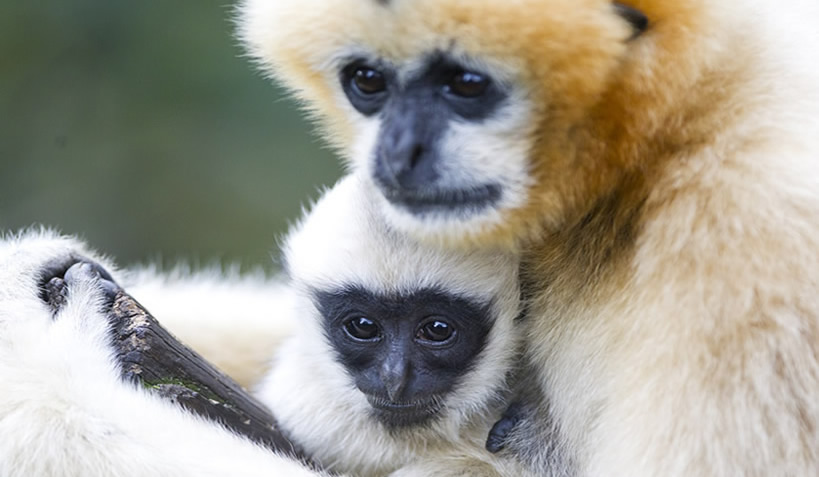 | Classification: Years 6 & 7 | A 45 minute information session with an education officer about classification with a focus on animals at Adelaide and Monarto Zoos. | Adelaide Zoo | Program |
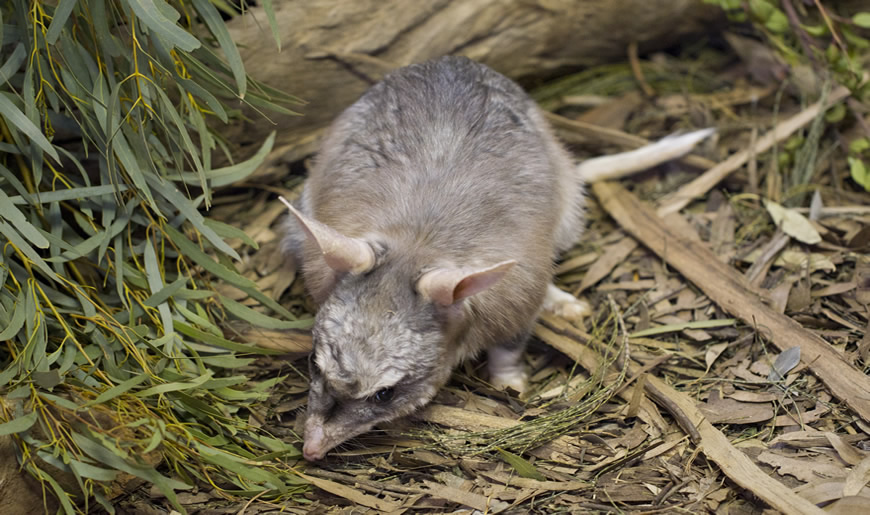 | Australian Animals: Reception to Year 3 | A 45 minute information session with an education officer about Australian Animals with a focus on Australian animals at Adelaide Zoo. | Adelaide Zoo | Program |
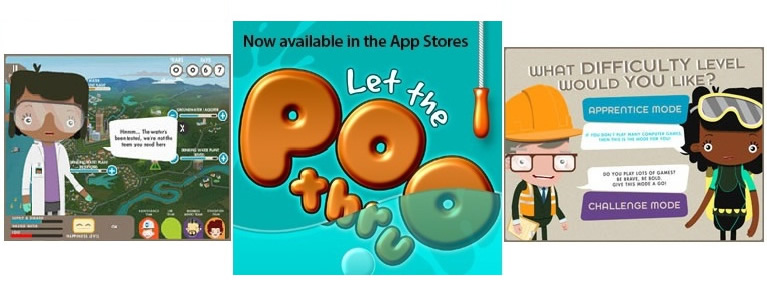 | SA Water Online Resources | Use your electronic whiteboard or students’ hand-held devices to solve interactive water puzzles and problems. SA Water has educational apps available from the iTunes or Google Play stores. | Online Resources | Digital/eLearning |
 | Changing Worlds: A South Australian Story website | The content in Changing Worlds: A South Australian story provides teachers and students with the means to develop historical inquiries about the colonisation/invasion of South Australia. | Online Resources | Digital/eLearning |
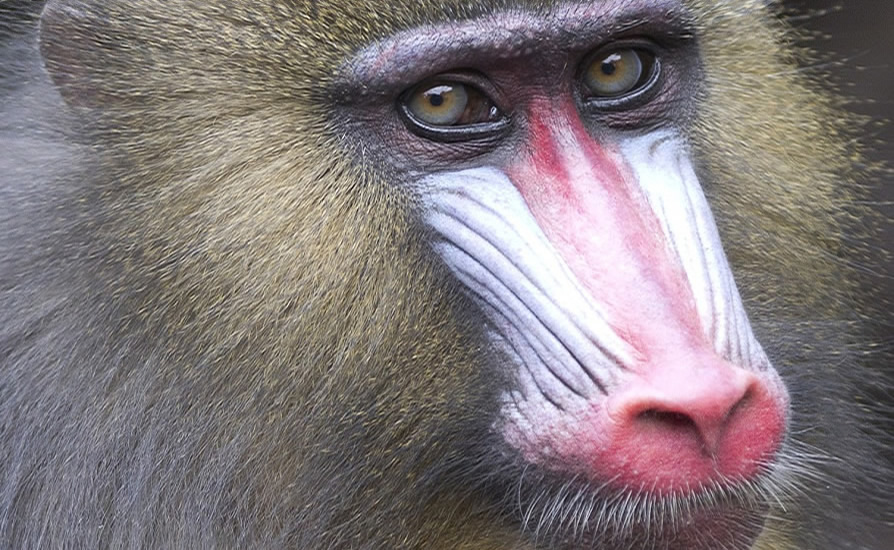 | Careers at the Zoo: Secondary School | A 45 minute introductory session with an education officer about careers at Adelaide and Monarto Zoos. | Adelaide Zoo | Program |
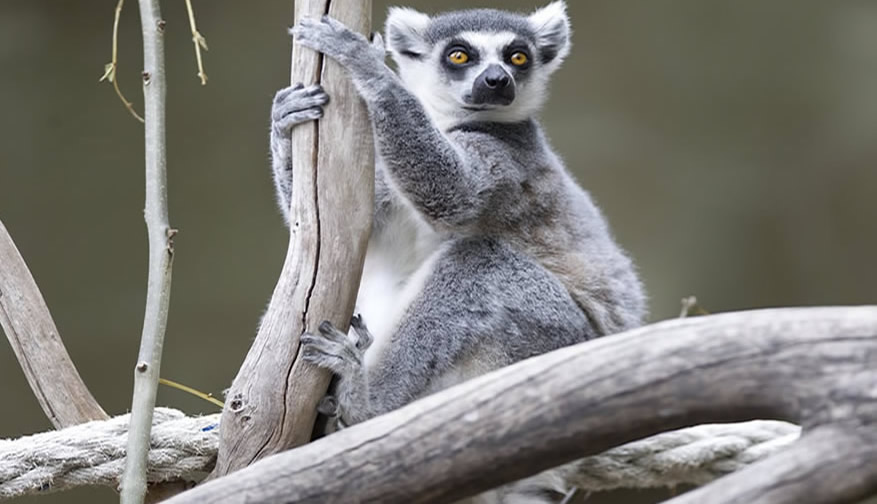 | Threatened Species: Years 4 to 7 | A 45 minute information session with an education officer about threatened species with a focus on Australian and South-East Asian animals at Adelaide Zoo. | Adelaide Zoo | Program |
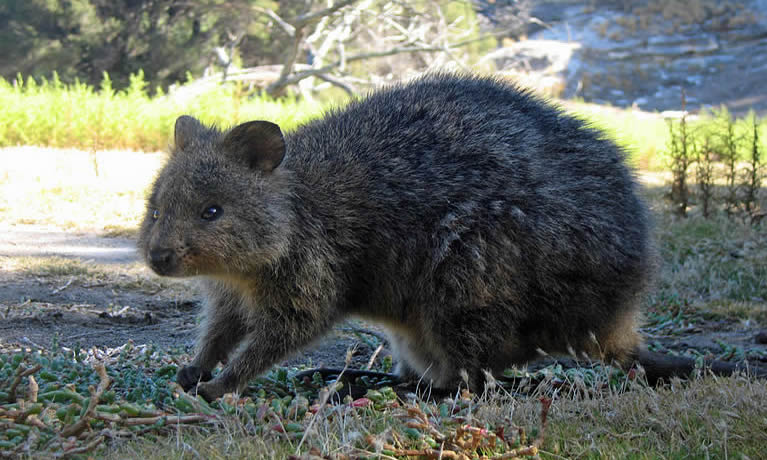 | Animal Features: Reception to Year 3 | A 45 minute information session with an education officer about animal features with a focus on Australian animal collections at Adelaide Zoo. | Adelaide Zoo | Program |
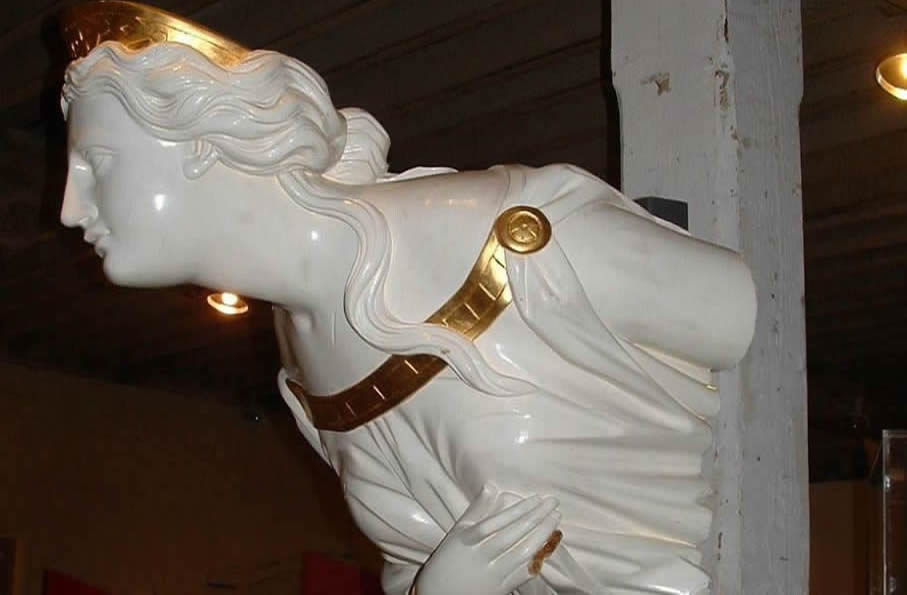 | Wrecked | This program uses the analysis of sources to gain an understanding of how people lived in the past. Discover the techniques marine archaeologists use to explore and uncover mysteries of the deep. | South Australian Maritime Museum | Program |
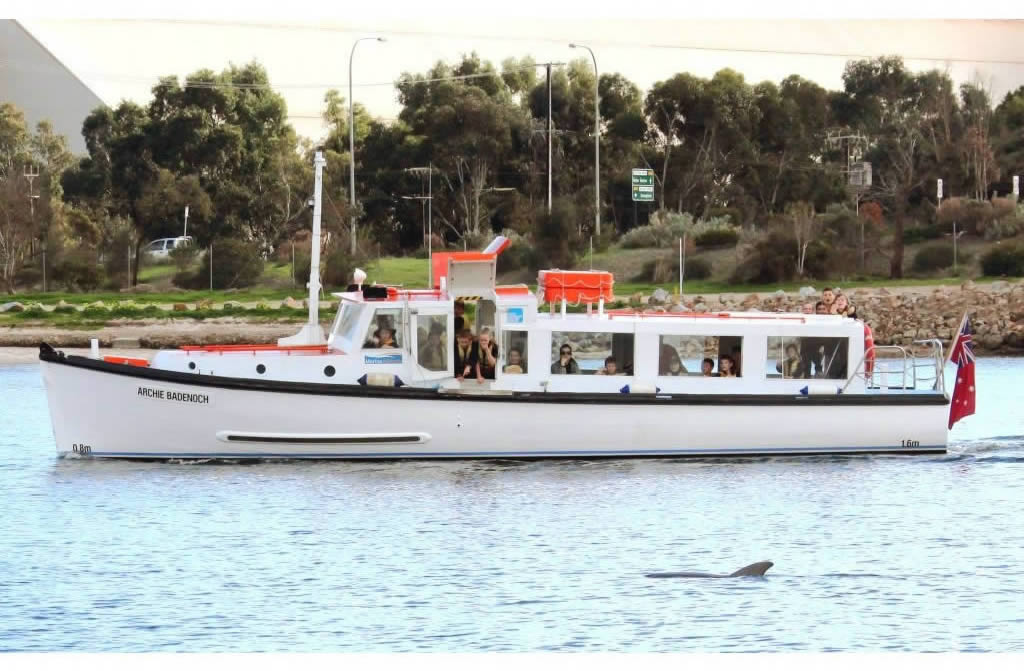 | Dolphin Discovery | This program explores the scientific concepts of responsibility, conservation, environment, habitat and living things. Students think critically and ethically about how their actions affect the marine environment. | South Australian Maritime Museum | Inquiry trail |
 | Dolphin Detectives | This program explores the scientific concepts of responsibility, conservation, environment, habitat and living things. Students think critically and ethically about how their actions affect the marine environment. | South Australian Maritime Museum | Inquiry trail |
 | Day at the Port | The historic Port Adelaide precinct and Maritime Museum offer a rich learning environment for students to explore, discover and make connections through authentic learning experiences. Engage in a variety of experiences to support learning outcomes identified in the Australian Curriculum. | South Australian Maritime Museum | Inquiry trail |
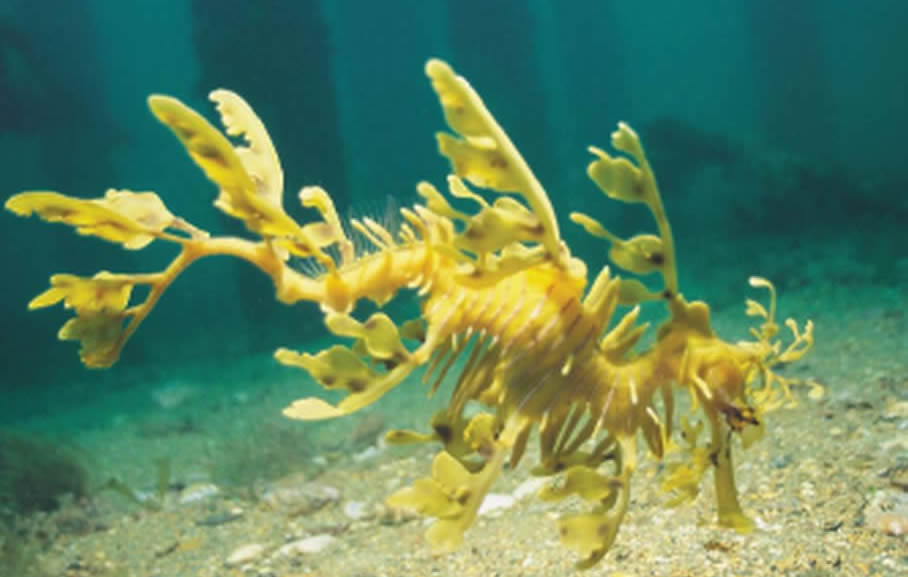 | Biodiversity at Sea | This program introduces the eight coastal bio-regions of South Australia. Learn about our unique marine environment and how the features and adaptations of animals enable them to survive. | South Australian Maritime Museum | Program |
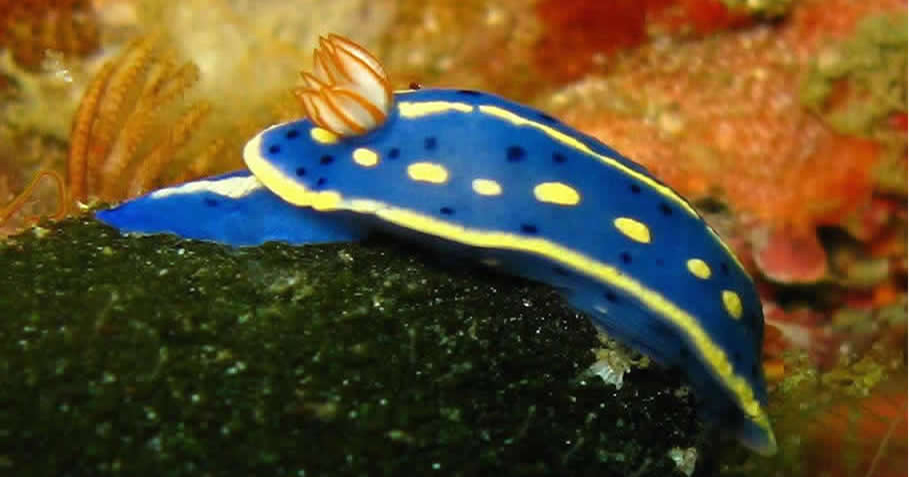 | Observing Animals | This program addresses the Australian Curriculum Biological Understanding for year 3. Living things can be grouped on the basis of observable features. | South Australian Museum | Program |
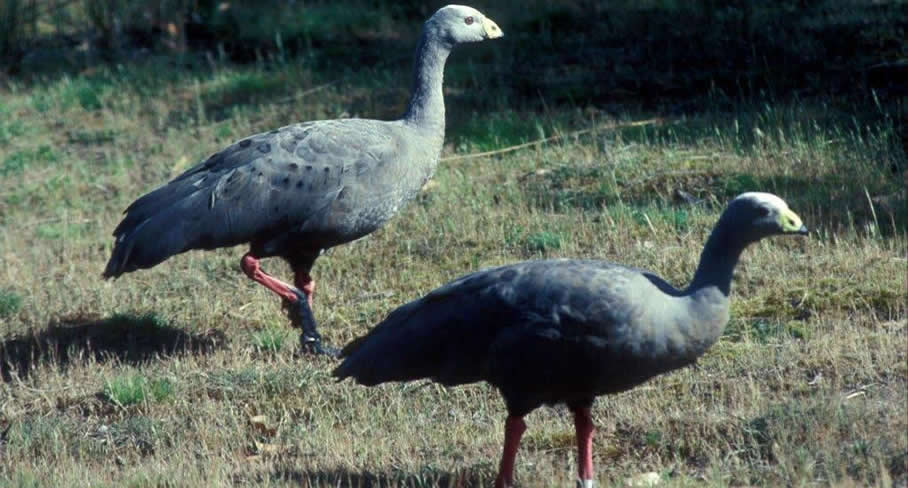 | Life Cycles: Years 4-7 | This program addresses the year 4 Biological Science Understandings; living things have life cycles and depend on each other and their environment to survive. | South Australian Museum | Program |
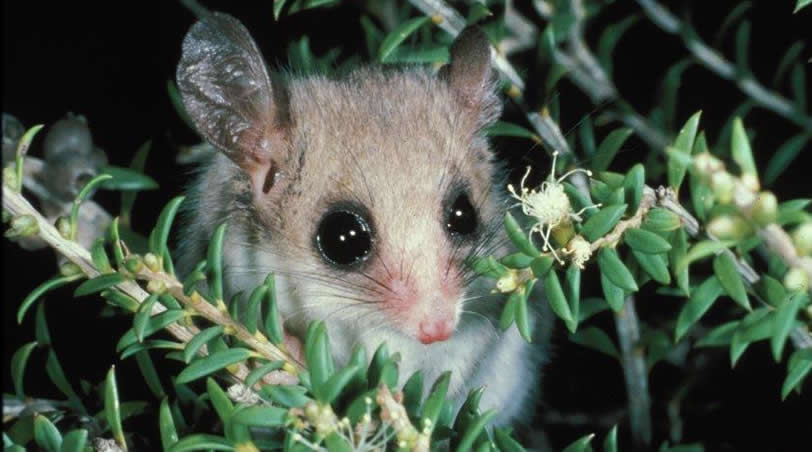 | Museum Safari | This program addresses the Australian Curriculum Biological Science Understandings for year 1. Living things have a variety of external features and they live in different places where their needs are met. | South Australian Museum | Inquiry trail |
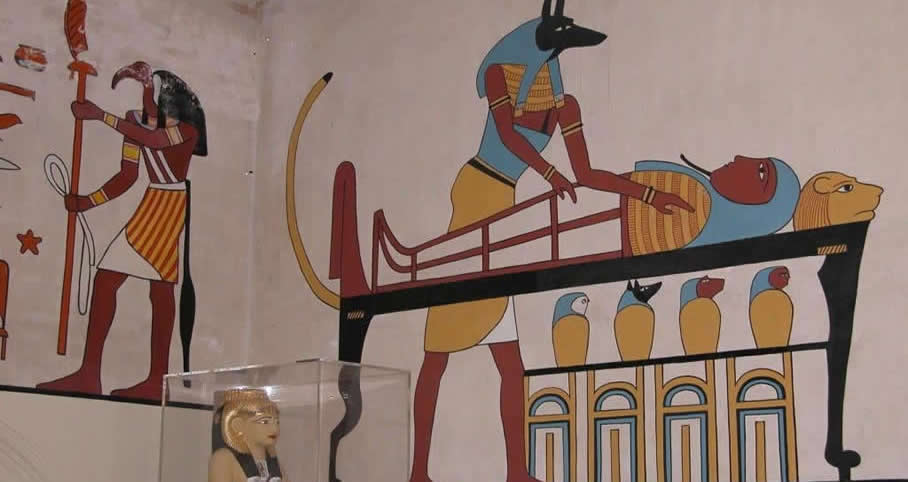 | Exploring Egypt | This program addresses the year 7 Australian History Curriculum. It provides teachers and students with materials to support in depth study on the Mediterranean society of ancient Egypt. | South Australian Museum | Program |
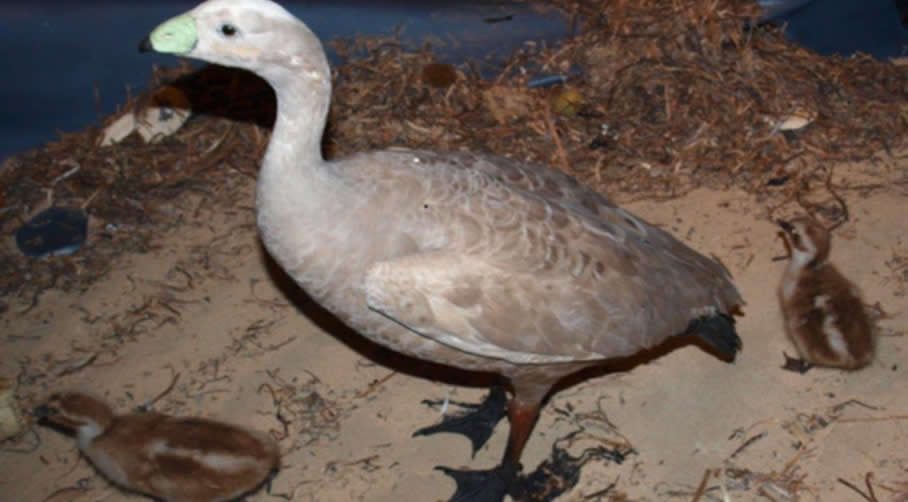 | Biodiversity Babies | This program addresses the Australian Curriculum Biological Science Understandings for year 2. Living things grow, change and have offspring similar to themselves and exploring life stages in animals. | South Australian Museum | Inquiry trail |
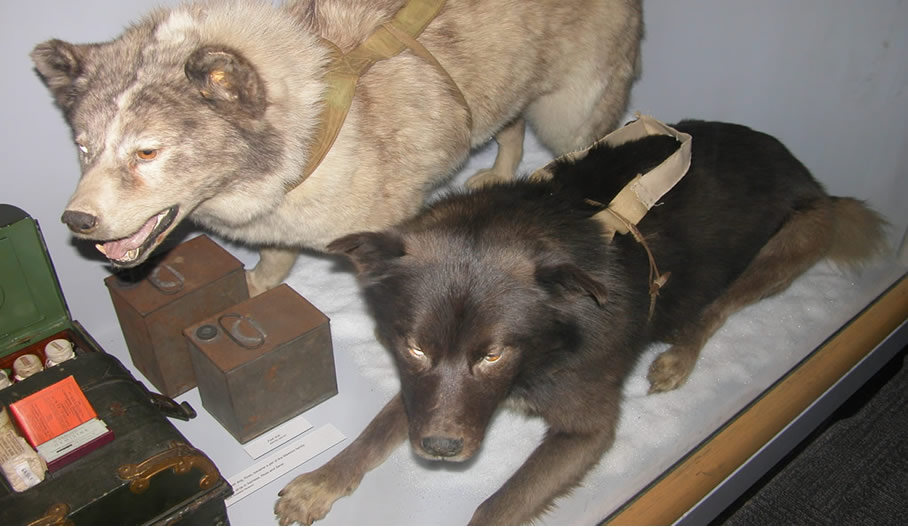 | Mawson and Minerals | Students in Years 7, 8 and 9 investigate displays about Mawson and ‘Changes to Earth’ in the Australian Curriculum: Science. ie. sedimentary, igneous and metamorphic rocks. | South Australian Museum | Program |
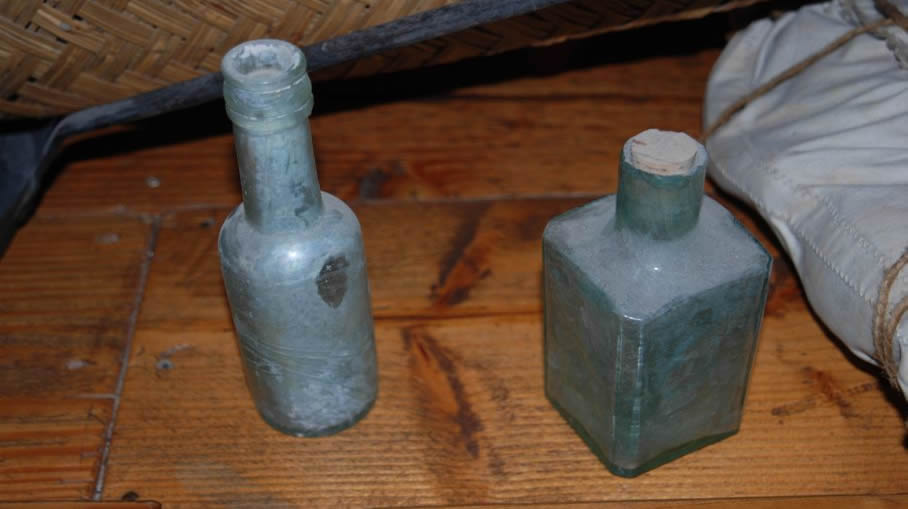 | Digging up the Past | This program aims to develop historical understandings and geography skills as identified in the Australian Curriculum. Examine artefacts from a local archaeological dig to discover how people lived in the past. | South Australian Maritime Museum | Program |
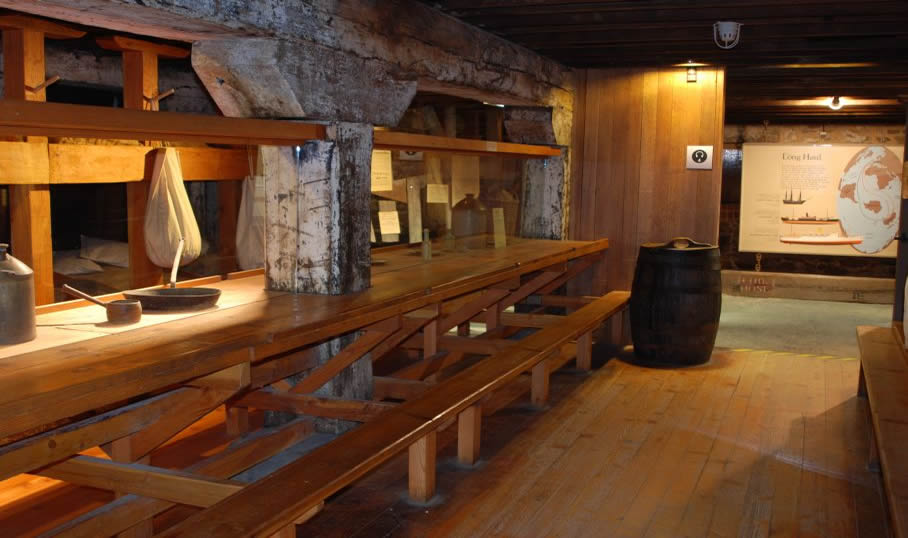 | Life Onboard | This learning experience makes links to the Australian Curriculum: History. Exploring the historical concepts of significance, evidence, continuity and change and empathy. A strong focus on historical skills, including questions and research, analysis and use of sources, perspectives and interpretations. | South Australian Maritime Museum | Program |
 | Aboriginal Culture – Colliding Worlds | The Colliding World program highlights what life was like for Aboriginal people before and after the arrival of Europeans. | South Australian Museum | Program |
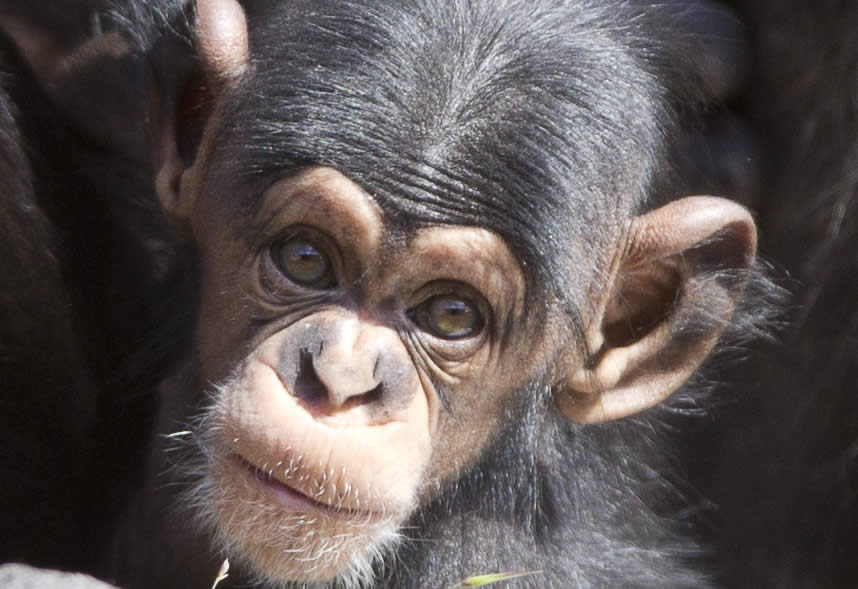 | Ranger | Where are they? What are they doing? Does behaviour change over time? Using various animal species, learn and practice a range of monitoring techniques. | Monarto Safari Park | Program |
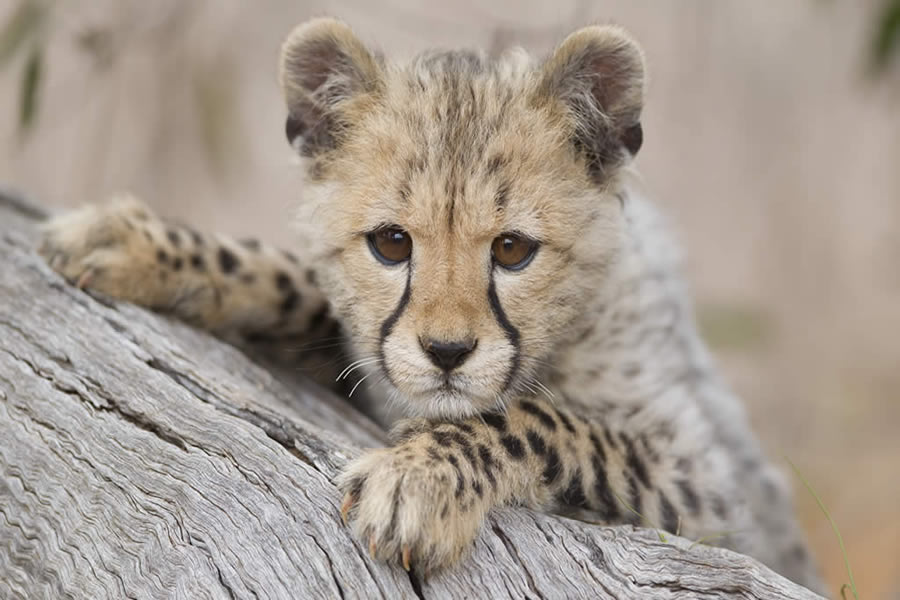 | Tourism and Sustainable Development | This learning experience makes links to Geography and Business outcomes as negotiated for students and teachers. | Monarto Safari Park | Performance |
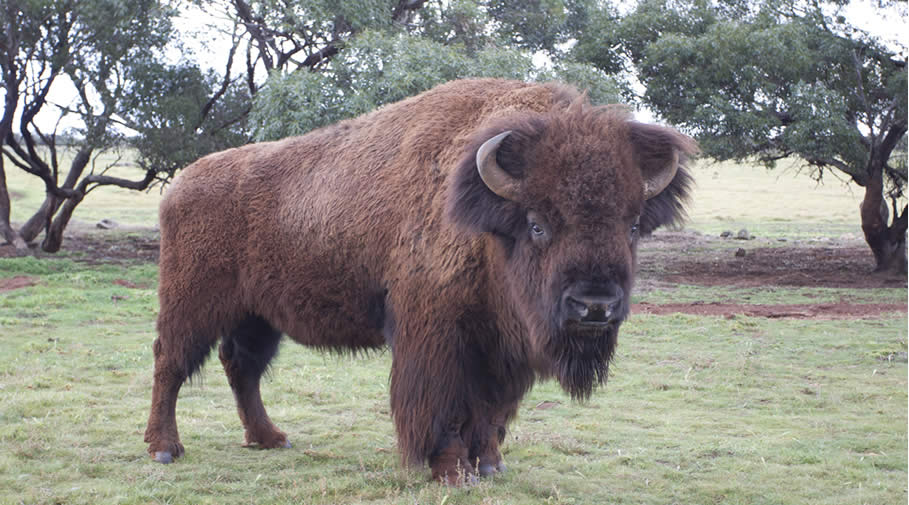 | Animal Tales | This program makes links to English and literacy outcomes and builds ethical understandings and social capacity for both students and teachers. | Monarto Safari Park | Program |
 | Biodiversity: Investigating Ecosystems | This program addresses the year 9 Science Understanding that ecosystems consist of communities of interdependent organisms and abiotic components of the environment. | South Australian Museum | Program |
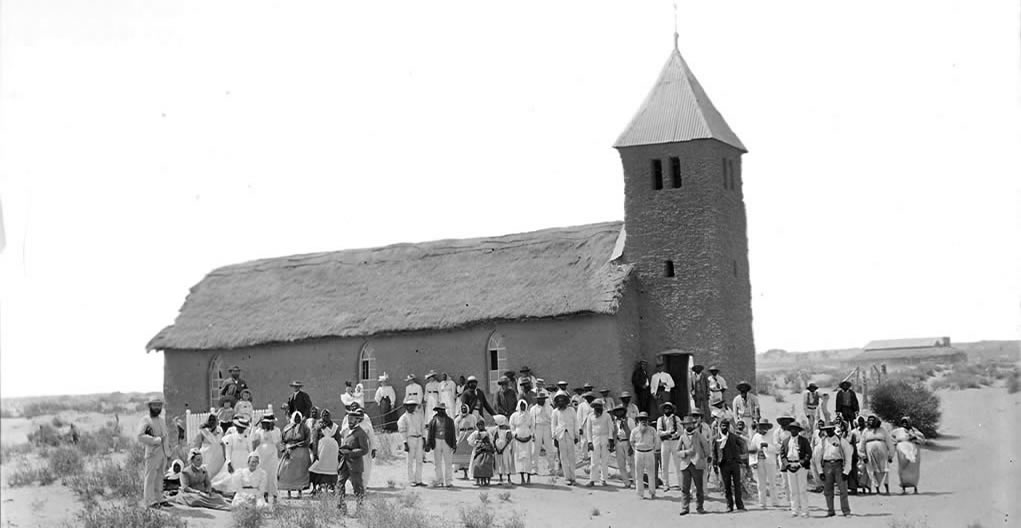 | Changing Worlds: A South Australian Story at the Art Gallery of SA | This learning program connects to the Australian Curriculum: History by viewing works of art as primary sources, which provide students opportunities to develop historical understandings. | Art Gallery of South Australia | Program |
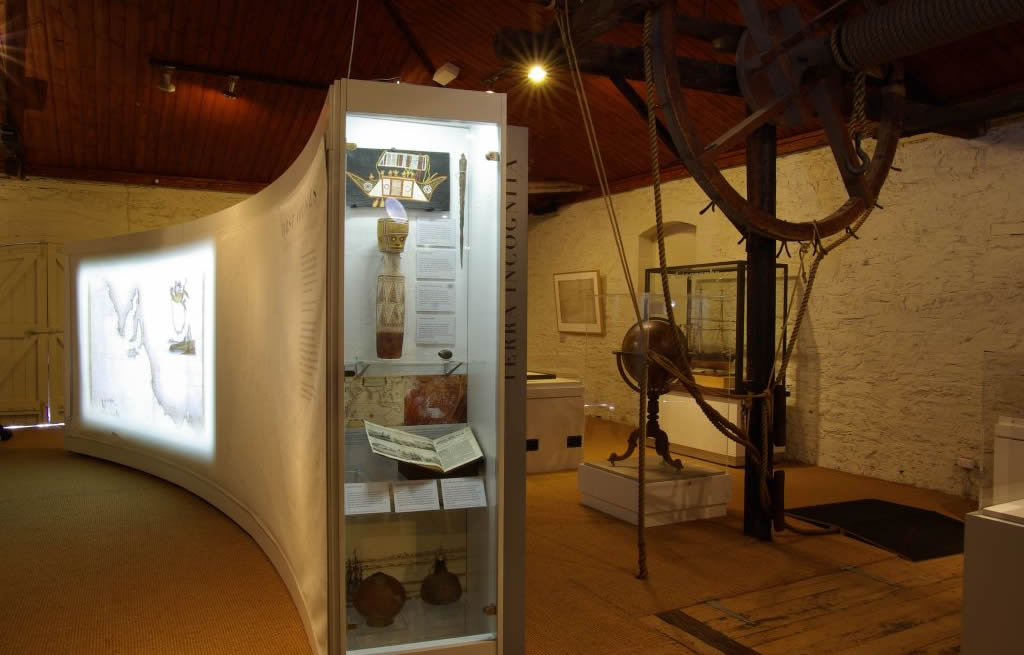 | Explorers | This program focuses on the early European explorers that charted the southern coast of Australia in the early 19th century. View our exhibition, First Voyages, Exploring the Southern Coast and enjoy your 30 minute facilitated workshop. | South Australian Maritime Museum | Program |
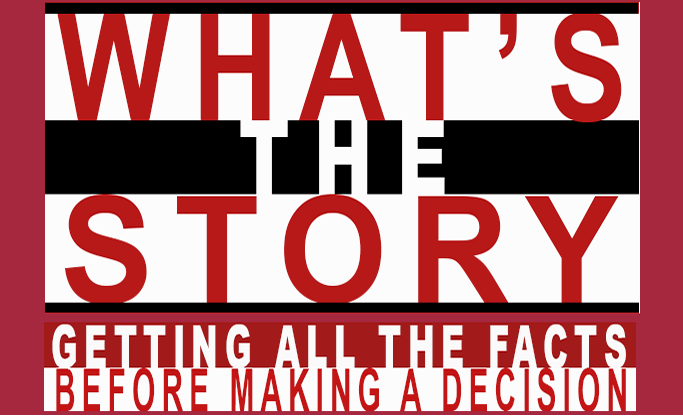 | What’s the Story: eBook | Students are able to use the iBook as a means for a self-paced exploration of the complexities of sentencing and decision-making in a court room environment. | Online Resources | Digital/eLearning |
 | Threatened Species and Conservation: Years 8-12 | Zoo focus days begin with a 45 minute information session with an education officer, which introduces students to animal and habitat conservation and the role of zoos in saving species from extinction. | Adelaide Zoo | Program |
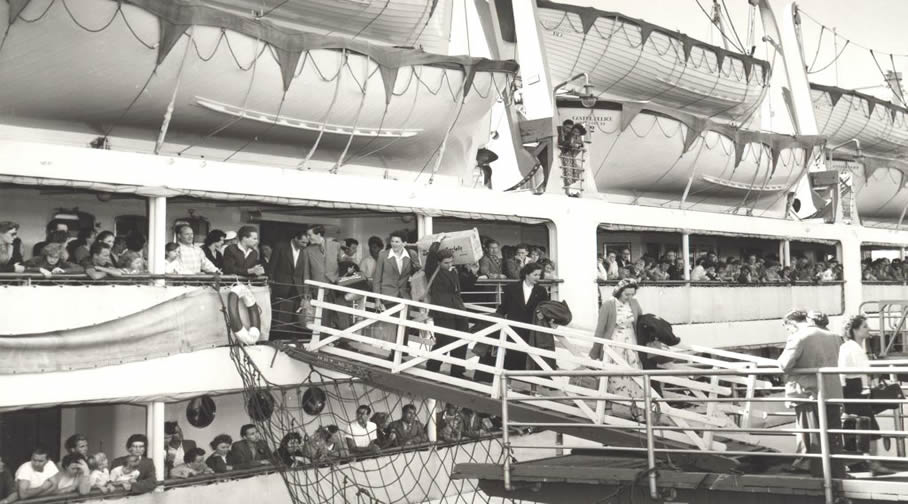 | 20th and 21st Century Immigration | This program looks at key events in South Australian immigration history since Federation. It emphasizes the concept of cause and effect. Aboriginal and Torres Strait Islander perspectives are highlighted. | Migration Museum | Program |
 | Scientists and Mathematicians in Schools | Scientists and Mathematicians in Schools is a program that creates and supports long-term partnerships between teachers and scientists or mathematicians. Partnerships are flexible to allow for a style and level of involvement that suits each participant. | CSIRO Education | Program |
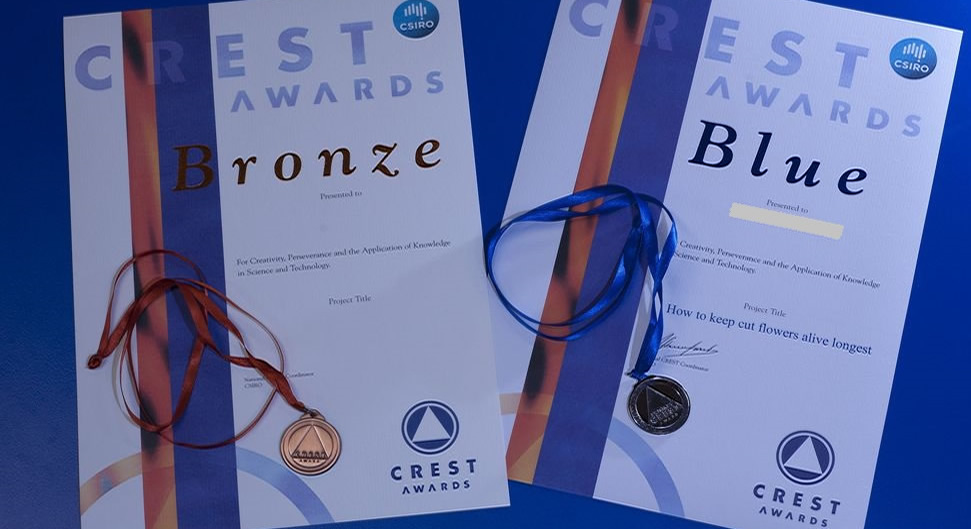 | CREST (CREativity in Science and Technology) Awards | Engage your students with open-ended science investigations and technology projects through the CREST (CREativity in Science and Technology) awards. | CSIRO Education | Program |
 | Biodiversity: Living Things | This biodiversity program highlights that living things have structural features and adaptations that help them to survive in their environment. | South Australian Museum | Audio Program |
